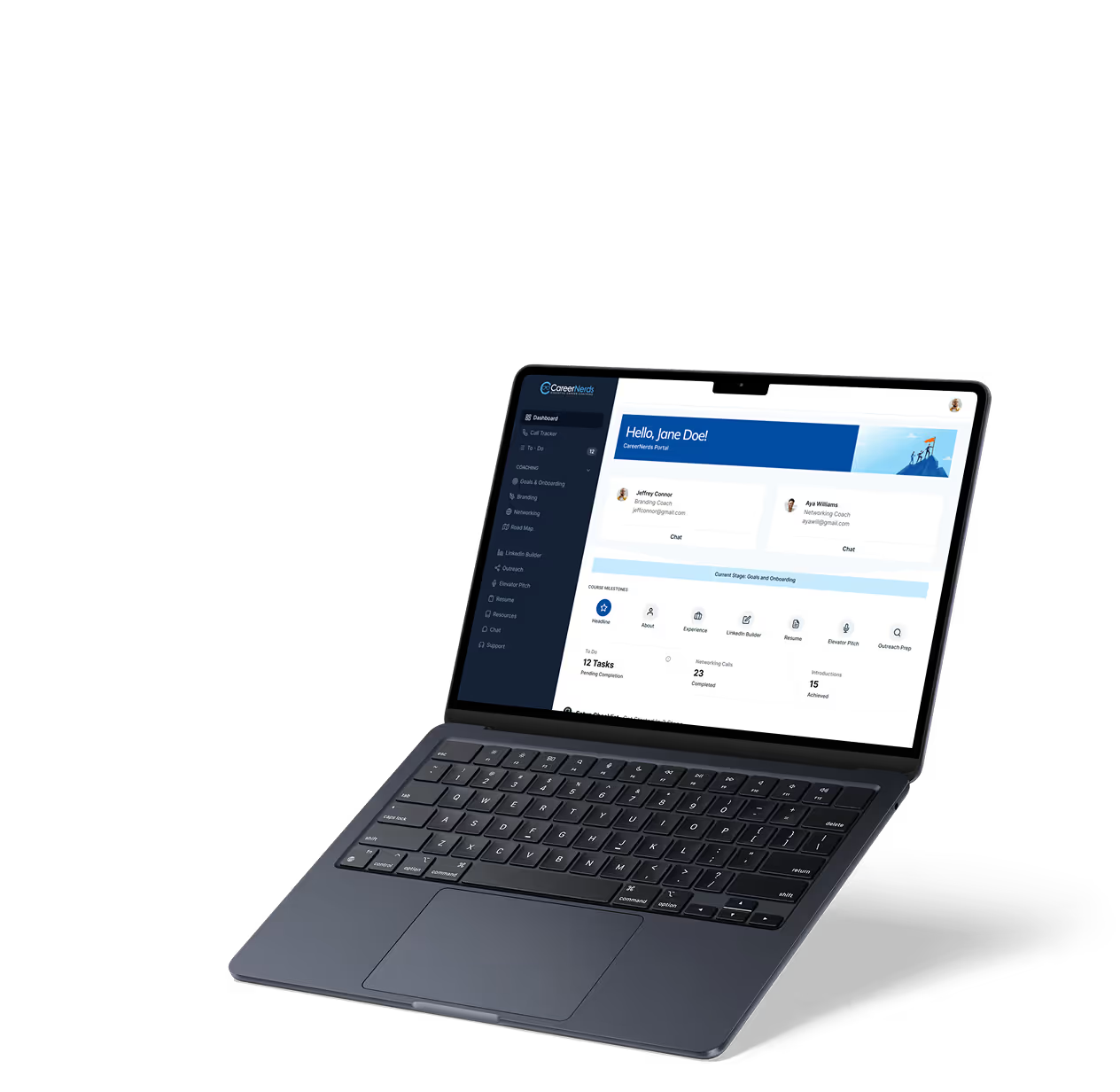Server Action in No-code
No-code/low-code
Explore how server actions empower no-code platforms to automate backend tasks without coding expertise.
Introduction to Server Actions in No-code
If you are diving into no-code development, understanding server actions is key. Server actions let you automate backend processes without writing code. They handle tasks like data processing, API calls, and workflows behind the scenes.
In this article, you will learn what server actions are, how they work in no-code platforms, and practical ways to use them. This knowledge helps you build powerful apps faster and more efficiently.
What Are Server Actions?
Server actions are automated tasks that run on a server instead of your device. In no-code tools, they let you perform complex operations without coding. These actions happen in the background, so users get a smooth experience.
Common server actions include:
- Sending emails
- Processing payments
- Calling external APIs
- Updating databases
- Running scheduled tasks
For example, in bubble, server actions can trigger workflows that update data or send notifications after a user submits a form.
How Server Actions Work in No-code Platforms
No-code platforms provide visual interfaces to create server actions. You select triggers, define steps, and set conditions without coding. The platform handles the technical details.
Here’s how it typically works:
- Trigger: An event starts the server action, like a button click or a scheduled time.
- Process: The platform runs the defined steps, such as data validation or API calls.
- Response: The server sends results back to the app or performs tasks silently.
Platforms like Make and Zapier excel at connecting apps through server actions, automating workflows across services.
Benefits of Using Server Actions in No-code
Server actions bring many advantages to no-code development:
- Speed: Automate repetitive tasks quickly.
- Scalability: Handle many users without slowing down the app.
- Security: Keep sensitive processes on the server, away from the user’s device.
- Integration: Connect with external services easily.
- Reliability: Run tasks even if the user closes the app.
For instance, Glide apps can use server actions to sync data with Google Sheets automatically, ensuring data stays current without manual input.
Practical Use Cases of Server Actions
Server actions unlock many possibilities in no-code projects. Here are some examples:
- Form Submission: Validate input, save data, and send confirmation emails.
- Payment Processing: Handle transactions securely with Stripe or PayPal APIs.
- Data Syncing: Keep databases updated across platforms like Airtable and Google Sheets.
- Notifications: Send SMS or push notifications based on user actions.
- Scheduled Reports: Generate and email reports automatically at set times.
FlutterFlow allows developers to create server actions that trigger cloud functions, enabling powerful backend logic without code.
How to Create Server Actions Effectively
To build effective server actions, follow these steps:
- Define the Goal: Know what you want to automate or achieve.
- Choose the Trigger: Decide when the action should run.
- Map the Workflow: Outline each step the server action will perform.
- Test Thoroughly: Run tests to ensure the action works as expected.
- Monitor and Optimize: Track performance and make improvements.
Using Make, you can visually connect apps and set up server actions with drag-and-drop ease, making automation accessible to everyone.
Challenges and Best Practices
While server actions simplify backend tasks, some challenges exist:
- Complexity: Designing workflows can get complicated as needs grow.
- Debugging: Troubleshooting server actions may require patience.
- Limits: Some platforms have usage limits or costs for server actions.
Best practices include:
- Keep workflows simple and modular.
- Document your server actions clearly.
- Use error handling steps to manage failures gracefully.
- Monitor usage to avoid unexpected costs.
Zapier’s built-in logs and alerts help you track server action performance and fix issues quickly.
Conclusion
Server actions are essential tools in no-code development. They let you automate backend processes without writing code, making your apps smarter and more efficient.
By understanding how to create and use server actions, you can build powerful applications that handle complex tasks smoothly. Whether you use bubble, Glide, Make, or Zapier, mastering server actions will boost your no-code projects to the next level.
FAQs
What exactly is a server action in no-code platforms?
How do server actions improve no-code app performance?
Can I connect multiple apps using server actions?
Are server actions secure for sensitive data?
Do I need coding skills to create server actions?
What are common challenges when using server actions?
Related Terms
See our numbers
315+
entrepreneurs and businesses trust LowCode Agency
Investing in custom business software pays off
he team at LowCode Agency didn't just build an app, they transformed how we approach client management. They took the time to understand our methodology and created a solution that enhanced rather than replaced what made us successful.
75%
reduction in time spent on client management through automation
40%
increase in coach productivity within the first month

Tom Kent
,
Founder & CEO
Career Nerds



%20(Custom).avif)